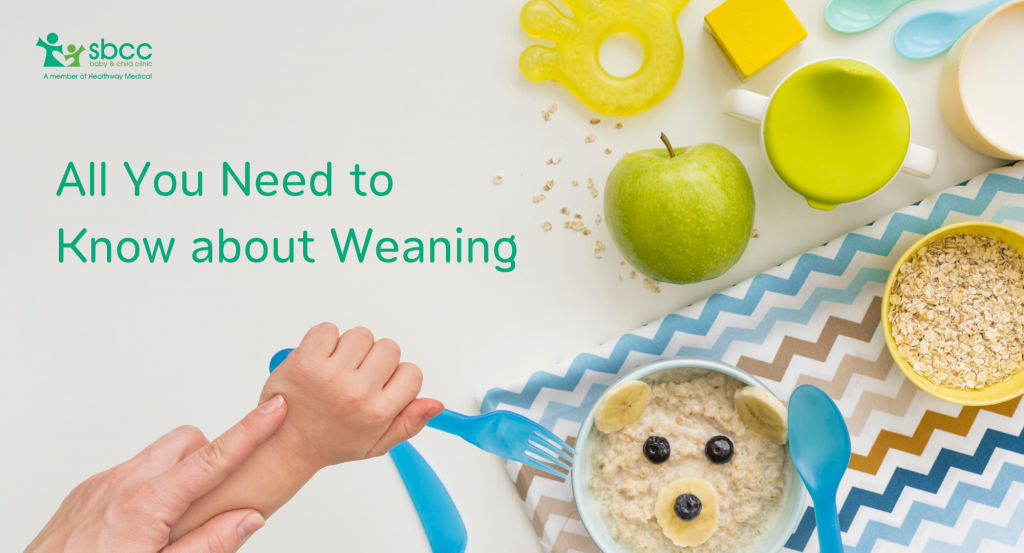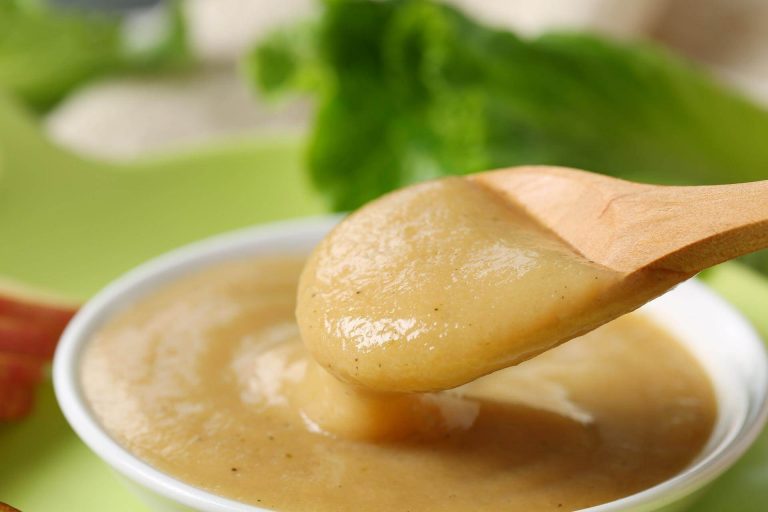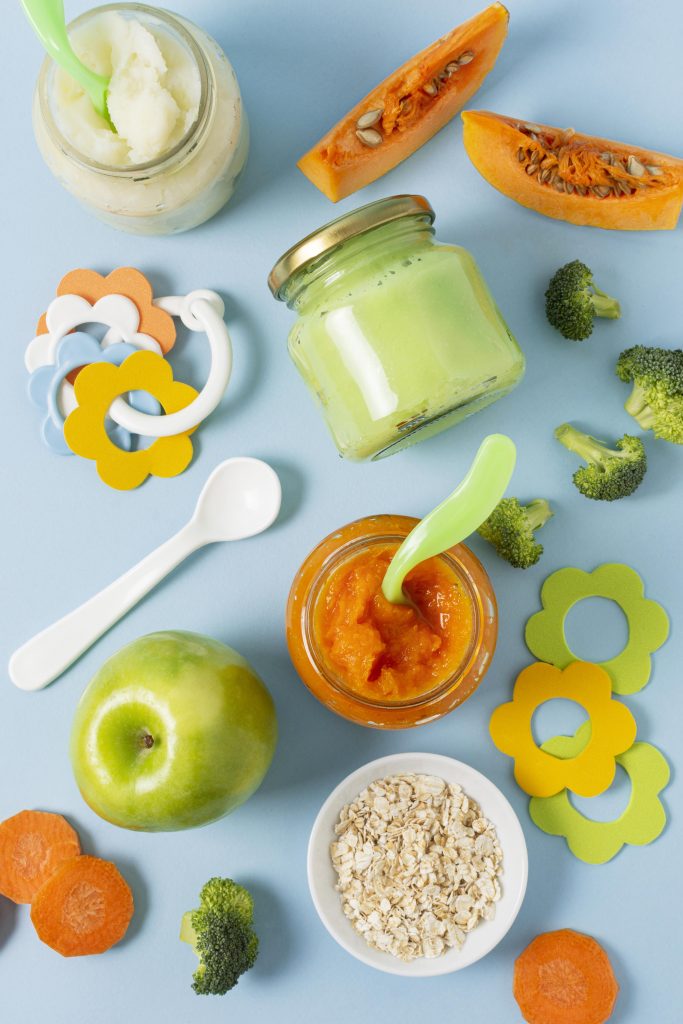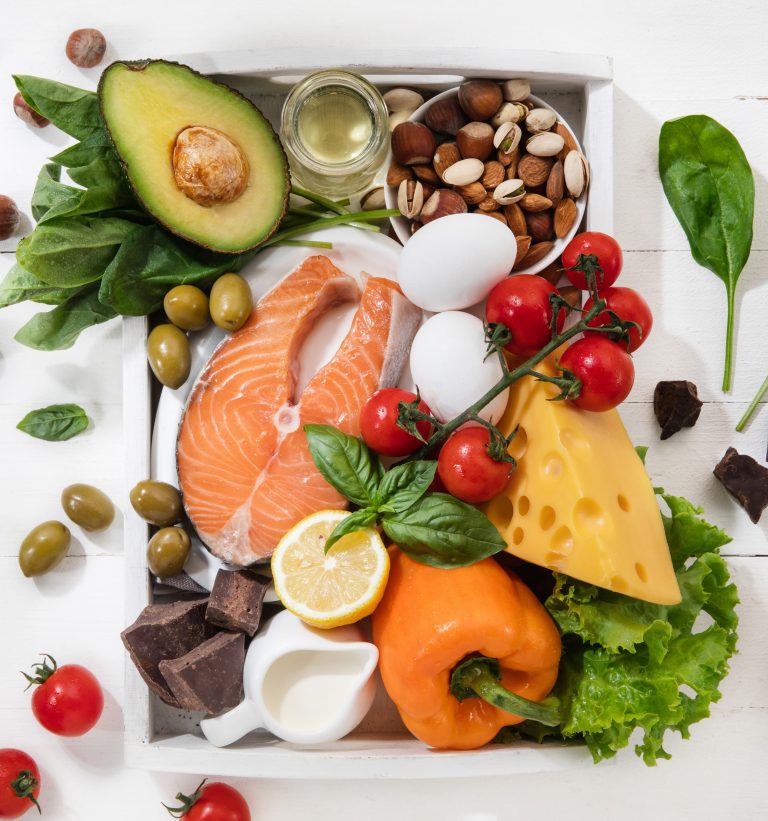All You Need to Know about Weaning

What is Weaning?
Weaning is the process of removing breast milk from your baby’s diet. Ideally, you should start introducing your baby complementary foods along with your breast milk when he or she is about six months old. Weaning continues until other foods and drinks completely replace breast milk. Along with their typical breast milk or first infant formula, your baby should be introduced to a variety of food in their diet.
In this blog, we will be touching on when and how you can wean off breastfeeding, along with some tips to help you ease through the process with your little one.
How to Wean off Breastfeeding?
The best way to wean your child off breast milk is to do it gradually. In addition to your baby’s digestion and immune system having to adjust to a sudden change, stopping breastfeeding suddenly can cause engorgement, blocked ducts, or mastitis. You both may find it emotionally challenging as well.
The simple act of cutting back on breastfeeding can sometimes help you feel better and less overwhelmed. Breastfeeding is a shared experience, and if you feel resentful when feeding your child, your child will pick up on that.
Remember, weaning does not have to be an all-or-nothing approach. Their first supplementary food, whether it’s from a bottle or solid food, marks the start of your child’s weaning process. If your baby is under 1 years old, or sometimes slightly older, you would need to replace a missed feeding with a bottle feeding during this process.
When Should I Start Weaning?
Weaning often begins at 6 months your baby will require larger quantities of minerals such as iron, zinc, and vitamins B and D, which cannot be obtained only from breast milk. For a typical 7-month-old, he or she still gets about 93% of her calories from breast milk.
Even at 11 to 16 months, milk still provides about half of your baby’s daily calorie intake. Hence, for a start, solid meals will help to supplement nutrients from your breastmilk, which will be your baby’s primary source of nourishment for the next few months.

Signs that your Baby is Ready for Weaning
From around 6 months old, there are 3 clear signs that indicate your baby is ready for their first solid foods, along with breast milk or infant formula. Your baby will be able to:
- hold their heads steady while sitting
- use their eyes, hands, and mouths together to see their food, pick it up, and eat it
- swallow food and not spit it back out.
There are several behaviors that can be mistaken for signs of being ready for solid foods, including:
- the act of chewing on fists
- wanting to be fed more milk
- more frequent waking at night (than usual)
The behaviors above are normal for babies and are not necessarily signs of hunger or readiness for solid food. Introducing solid foods won’t make them more likely to sleep through the night. It may help to give them a little extra milk until they are ready for food.
For advice on weaning your premature baby, speak to your doctor or any of our SBCC Baby & Child paediatricians.
Stages of Weaning
The weaning process involves gradually introducing new flavours and textures to your child as he or she grows. This progression through time is categorised into 3 stages:
- Stage 1 – Solid food introduction – begins approximately at 6 months
- Stage 2 – Flavours and textures – begins at about 7 months
- Stage 3 – Greater variety and family cooking – 9-12 months.

Stage 1
Solid food introduction (begins approximately at 6 months)
Start off by giving a tiny bit of solid once a day in a calm environment and when your child is well–rested. Soft, cooked veggies are ideal to begin with, such as:
- Broccoli
- Avocado
- Kale
- Spinach
- Courgette
- Cauliflower
- Carrots
- Pureed peas
- Butternut squash
Cooked or soft fruits and starchy food such as banana, mango, pureed berries, potato, cooked pureed oats, rice, or other grains can also be given. Try to provide as much variation as possible. Introducing a new meal to your baby every day teaches and allows them to explore a variety of food flavours and textures.
You can also try giving solids in between milk feeds when your baby is alert, playful, and not too hungry or full.
Stage 2
Flavours and textures (begins at about 7 months)
When your baby is approximately 7 months old and has grasped solid food and is eating a range of food, you may start becoming a little more creative with stage two weaning.
During this period, try to introduce soft finger foods to give your infant lots of practice chewing foods. You may also make the texture of the spoon-fed food thicker and lumpier. Try to avoid purees with little soft lumps.
Try putting together foods from different food groups at each meal like vegetables, carbohydrates, and protein-rich food such as beans, lentils, eggs, meat, and fish. These foods are also high in iron, which is especially beneficial for your baby during weaning. Most healthy, full-term babies have sufficient iron in their body for up to 6 months old. Hence, it is essential to include some iron-rich foods in their weaning diet.
Iron from vegetables however, do not absorb as well as iron from meat. While vitamin C in fruits and vegetables helps the body absorb iron from vegetable sources. Combining a fruit or vegetable with an iron-rich diet can aid in iron absorption.

Stage 3
Greater variety and family cooking (9-12 months)
From around 9 to 10 months, you can start introducing foods that are firmer such as gently steamed vegetables with a slight crunch. Try to incorporate as much variation as possible so that your child is exposed to a range of flavours and textures. At 12 to 15 months, you can begin offering your baby family food or cooking but without added salt or sugar.
Tips for Weaning
Tips for Daytime Weaning
Some tips that you can attempt during the daytime are:
- Breastfeed your child only when he or she asks, do not offer. This can help speed up the weaning process.
- Anticipate nursing sessions and offer substitutions and distractions such as offering a snack or drink at that time. Or occupying your child with activities like going for a walk, or reading a book.
- Reduce the length of milk feedings or delay their feeding time.
Tips for Nighttime Weaning
Naps and night time feedings are usually a habit your child has grown into and may be more difficult to wean off from. Some tips for weaning during these times include:
- Allowing a different family member to take over sleep-time routines
- If your child appears hungry or thirsty, offer a drink of water or some snacks
- Cultivate a new nighttime routine such as cuddles, reading a book or turning on some calming music that will help promote sleep.









